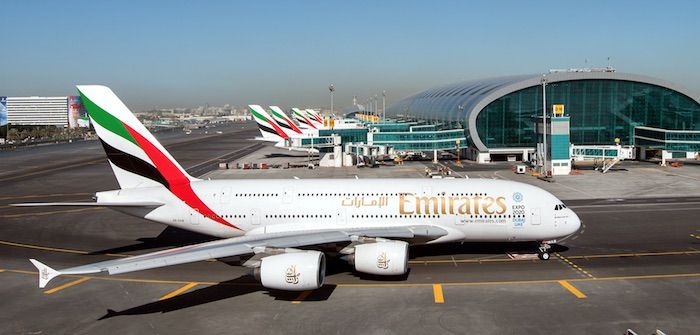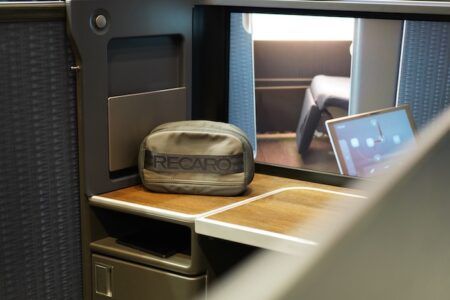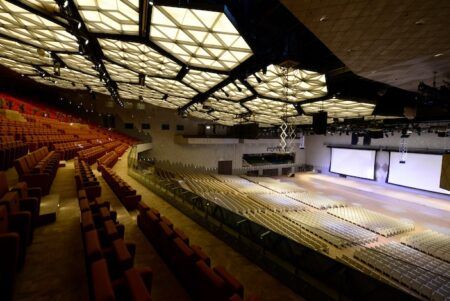The latest advance in the use of 3D printing in aircraft interiors has been announced by Emirates, which is using Selective Laser Sintering (SLS), a 3D printing technique, to produce IFE video monitor shrouds. The airline has also achieved the 3D printing, certification and installation of aircraft cabin air vent grills for onboard trials.
Emirates worked with 3D Systems, a US-based 3D printing equipment and material manufacturer and services provider, and with UUDS, a European aviation engineering and certification office and services provider, to print the first batch of 3D printed video monitor shrouds using SLS technology.
SLS technology uses lasers to bind together powdered plastic into the required shape defined by a 3D model and is different from the fusion deposition modeling (FDM) technique normally used for printing aircraft 3D parts. The material used to print Emirates’ shrouds is Duraform ProX FR1200, a new thermoplastic claimed to have excellent flammability resistance properties and surface quality suitable for commercial aerospace applications.
According to the partners, monitor shrouds that are 3D printed using the SLS technique can weigh between 9 and 13% less than components manufactured traditionally or through the FDM technique. Additionally, with the SLS technique it is possible to print more than one component at a time – unlike other 3D printing methods – which leads to quicker per-part production times and less waste of raw materials used for production.
Emirates’ shrouds have undergone a range of structural, durability, flammability and chemical tests and are also in the process of receiving EASA certification for airworthiness for aircraft interior cabin parts. On receiving EASA certification the shrouds will be installed on select aircraft in the Emirates fleet and will be tracked over the following months for data collection as part of tests for on board durability and wear and tear.
Emirates has also worked with UUDS to develop 3D printed aircraft cabin air vent grills, which have received EASA certification and have already been installed on aircraft for onboard trials in late October 2017.
“Over the last two years Emirates Engineering has been actively exploring 3D printing for aircraft cabin parts as it is a transformational technology that can be used to achieve an increase in efficiency and productivity,” said Ahmed Safa, Emirates’ SVP of Engineering Support Services. “We worked with a number of suppliers to develop prototypes of 3D printed cabin parts but ultimately decided on working with 3D Systems and UUDS. The technology we use has the potential to deliver cabin parts with reduced weight without compromising on structural integrity or cosmetic appeal.”
Using 3D printing will also deliver benefits in terms of more efficient inventory management for thousands of aircraft cabin interior components. With the airline being able to print components on demand within a smaller timeframe, it will no longer have to hold a large inventory of spare components or have to go through long wait times for replacement components.
Emirates will evaluate the performance and durability of the 3D printed air vent grills and video monitor shrouds before further roll out across its fleet. The airline will also continue to pursue other opportunities for introducing 3D-printed components across its operations.





